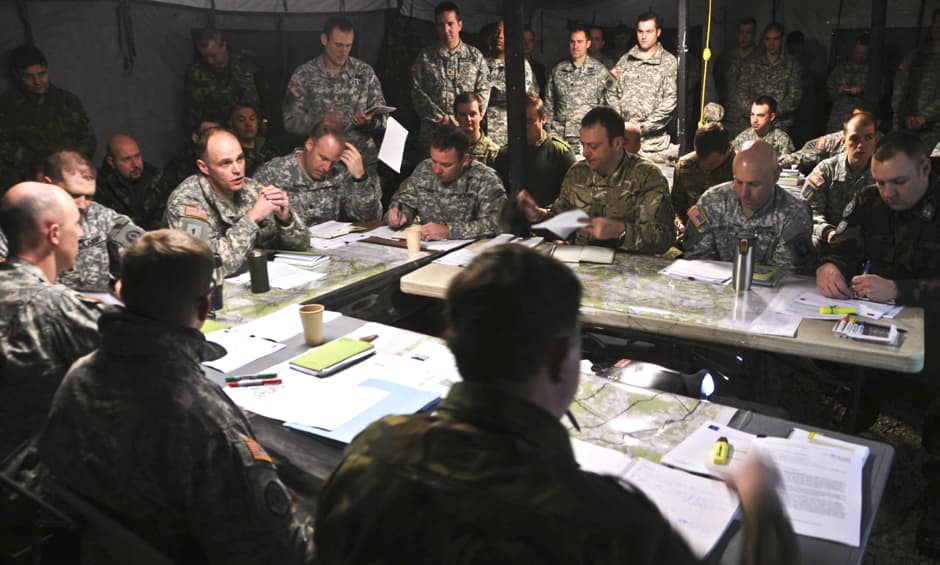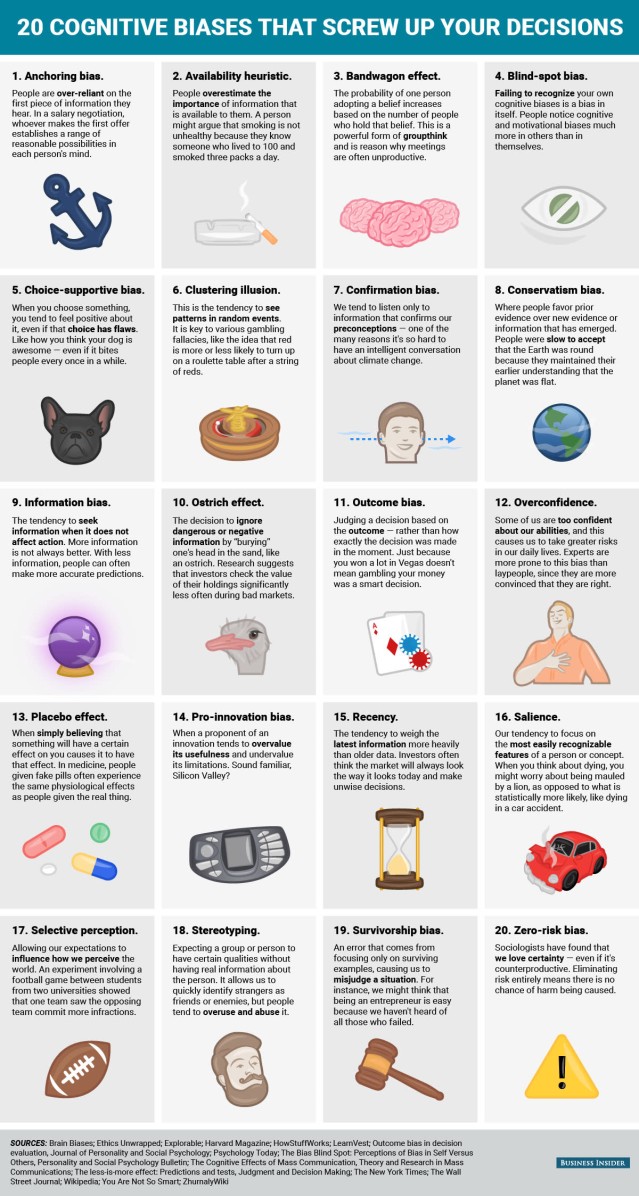
Please note that this blog is archived and outdated. For the most current information click here!
Learning to ‘Plan Like a General’ with the Disruption Group
The Disruption Group held a two-day workshop; 'Plan Like a General'. Strategic planning for volatile, uncertain complex and ambiguous
environments. I was lucky enough to attend. The course teaches a planning framework that enables leaders to have command of a problem while
never losing sight of their primary and other objectives.
The framework is titled the Military Planning Process (MPP) and covers many concepts. Three of my favourite were; 'Boyd's OODA Loop',
'Wargaming' and 'Cognitive Biases.'
The 'OODA Loop' stands for Observe, Orientate, Decide & Act. It was created by John Boyd after observing the American Military's
superior vision and decision making over the North Korean Airforce. Today it is still a fundamental element of military planning. In
business, it is a simple methodology to use in out manoeuvring your competition. It is a process of continual development which allows you
to stay ahead of your competition and avoid knee-jerk reactions to market change.
'Wargaming' is playing the devil's advocate to your planned course of action in a structured environment. It allows for you to test safely;
its ability to withstand a competitive market but also gain buy-in from senior decision makers and the team who will be executing your plan.
It is essential that set roles are assigned and the right method used. Practicing the wargame quickly showed how passionate everyone becomes
in defence of their own ideas.

Cognitive biases attribute to poor decision making. These are tendencies to think in certain ways which lead us from rational judgement and
hit surprisingly close to home. The four top ways to combat these are; Awareness, Collaboration, open inquiry and brainstorming as described
by Dr Jim Taylor.

Aside from the above concepts, the following ideas taught in the workshop challenged my preconceptions. The first of these was the Speed of
Planning. Tim, the Facilitator, suggested 1-2 weeks for the entire planning process which is contrary to my idea of month long planning
processes.
The most dumbfounding mentality change to me was the amount of time spent framing the problem. The Military Planning Process suggests that
70% of the time should be spent verifying you are solving the right problem. I thought the better the solution, the better your outcome but
Tim made a convincing argument for investing the time into problem framing.
The planning framework taken out this is going to be very useful in solving future problems. On top of this, I would thoroughly
recommend Timothy Keeffe as a facilitator. The course venue was at
the Australian Institute of Management which provided exceptional services.
















.png)

